evolution history and meaning, PNG
- It was established in 1876.
- For decades, the Henkel logo has remained unchanged.
- In spite of this, it does not look dated or old-fashioned.
- The oval was stretched horizontally and contained a bold narrowed “Henkel” inscription in white sans-serif letters.
- The color palette of the first brand’s logo stood for progressiveness and success, and brilliantly represented the character of the company.
- The solid red oval was now placed directly on a white background and had the white sans-serif lettering in the title case as the only additional element.
- Now the nameplate started looking more elegant and professional, as the letters became a bit smaller and their lines — thinner.
- As for the color palette and overall mood of the emblem, they remained the same.
- It was a golden middle between the two previous versions of the Henkel visual identity, with the refined contours of the inscription and the original color palette of the brand’s iconic badge.
- The red color was slightly elevated, becoming brighter and more delightful.
- 1985 In 1985 the brand starts using a reversed version of the logo, created in 1965.
- Today it is a white horizontally stretched oval in a thin red outline with a sleek yet confident and professional red lettering in the middle.
- The typeface remained untouched, though started looking bolder due to the use of bright red for its letters.
- Font and color The visual identity of Henkel looks very strong and professional, due to the use of a simple yet confident and clean sans-serif typeface for its logotype, which is the main part of the brand’s identity.


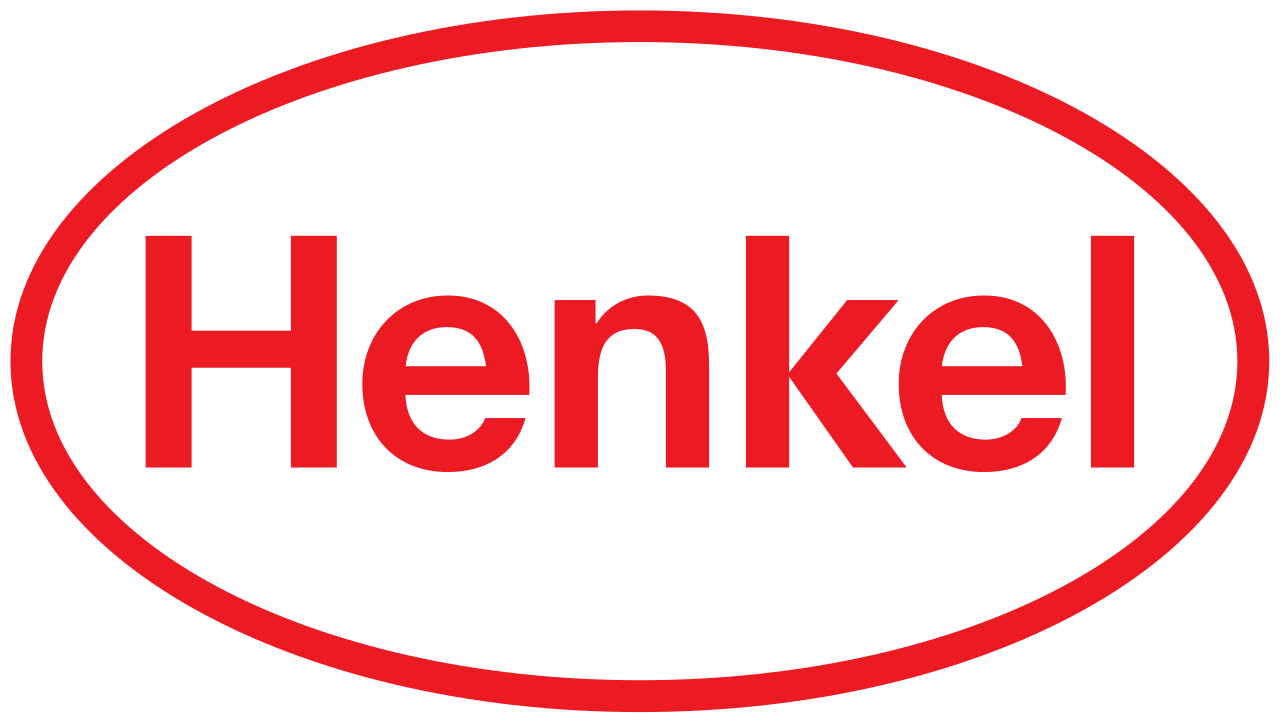
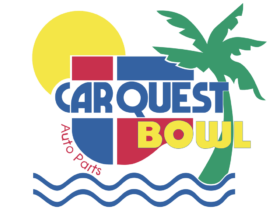
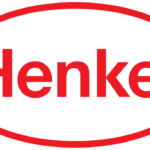
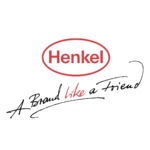
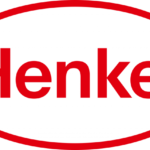




Leave a Review